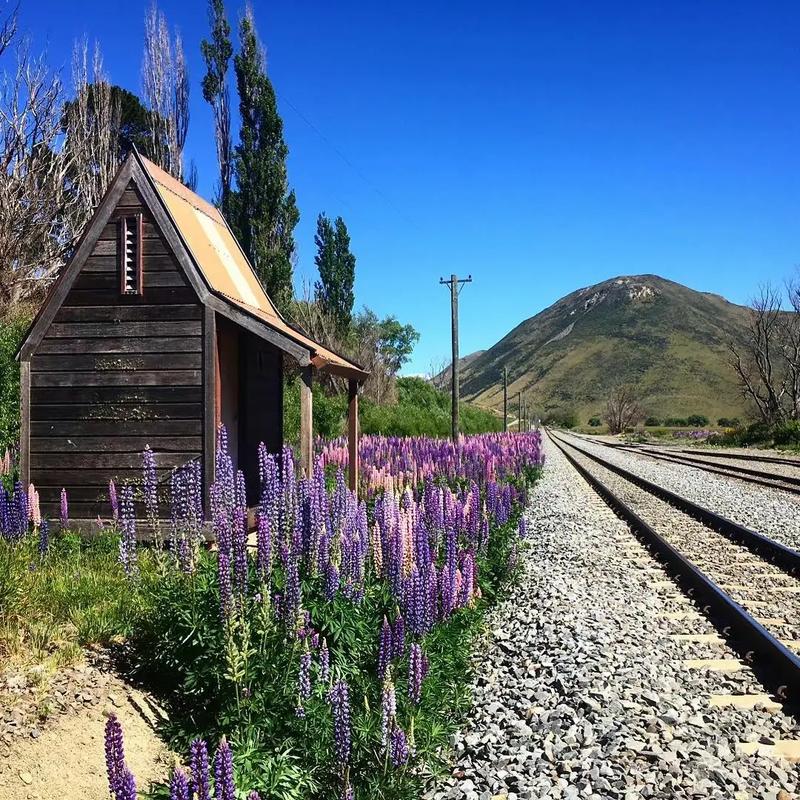Global Travel Information
Kalahari Desert, Botswana/South Africa
The Kalahari Desert: A Land of Stark Beauty and Ancient Mysteries
Stretching across vast expanses of Botswana, South Africa, and Namibia, the Kalahari Desert is a place of contradictions—a semi-arid savanna often mistaken for a true desert, a land of relentless sun yet teeming with life, and a landscape shaped by both time and human history. Unlike the towering dunes of the Namib or the barren stretches of the Sahara, the Kalahari is defined by its red sands, golden grasses, and an ecosystem that has adapted to thrive in one of Africa’s harshest environments.
Geography and Climate
The Kalahari spans approximately 900,000 square kilometers, making it one of the largest continuous sand basins in the world. Unlike typical deserts, it receives slightly more rainfall—between 110 and 500 mm annually—enough to support a surprising variety of flora and fauna. The region is characterized by undulating sand dunes, fossilized river valleys, and vast salt pans, such as the famous Makgadikgadi Pans in Botswana.
Temperatures fluctuate dramatically, from scorching highs of 45°C (113°F) in summer to near-freezing nights in winter. The dry season, lasting from April to October, is marked by clear skies and sparse vegetation, while the brief rainy season (November to March) transforms parts of the desert into a fleeting paradise of greenery.

Wildlife: Survival in the Sands
Contrary to its name, the Kalahari is far from lifeless. It is home to an array of species that have evolved remarkable adaptations to survive. Among the most iconic are the black-maned Kalahari lions, known for their impressive size and resilience. Other predators, such as cheetahs, leopards, and the elusive brown hyena, roam the dunes in search of prey.
Herbivores like gemsbok (oryx), springbok, and blue wildebeest traverse the plains, their bodies adapted to conserve water. Smaller creatures, such as meerkats and ground squirrels, thrive in the harsh conditions, while birdlife—including the majestic martial eagle and the sociable weaver, builder of enormous communal nests—adds vibrancy to the skies.
One of the most extraordinary phenomena is the migration of zebras and wildebeest across the Makgadikgadi Pans during the rains, a lesser-known counterpart to the Serengeti’s Great Migration.
The San People: Guardians of the Desert
The Kalahari is the ancestral home of the San people, one of the oldest cultures on Earth. For thousands of years, these hunter-gatherers have lived in harmony with the desert, mastering the art of survival through an intimate knowledge of plants, animals, and water sources. Their click-language, intricate rock art, and profound spiritual connection to the land offer a window into humanity’s ancient past.
However, modernization and land disputes have threatened their way of life. Many San have been displaced from their ancestral lands, and efforts to preserve their culture—such as community-run tourism initiatives—are vital in keeping their traditions alive.
Conservation Challenges
The Kalahari faces numerous threats, from climate change to human encroachment. Droughts are becoming more severe, affecting both wildlife and local communities. The expansion of agriculture and mining, particularly in Botswana’s Central Kalahari Game Reserve, has sparked controversy over land rights and conservation priorities.
Yet, there is hope. Protected areas like the Kgalagadi Transfrontier Park—a collaboration between South Africa and Botswana—demonstrate the potential for cross-border conservation. Ecotourism also plays a crucial role, providing sustainable livelihoods while promoting the preservation of this unique ecosystem.
A Desert of Wonders
The Kalahari is more than just a desert; it is a testament to nature’s resilience and a repository of ancient human history. Its sweeping landscapes, rich biodiversity, and cultural heritage make it one of Africa’s most captivating regions. Whether under the blaze of the midday sun or the infinite stars of its night skies, the Kalahari whispers stories of survival, adaptation, and timeless beauty—waiting for those willing to listen.
For travelers, researchers, and dreamers alike, the Kalahari remains an unforgettable frontier, where the line between desolation and vitality blurs into something extraordinary.
相关文章
- Elbe River Archaeological Sites: Ancient Finds Near the Water
- Elbe River Botanical Gardens: Flowers & Plants Along the Banks
- Elbe River Zoos & Aquariums: Family Fun Near the River
- Elbe River Amusement Parks: Rides with River Views
- Elbe River Camping Spots: Pitch a Tent by the Water
- Elbe River Glamping Sites: Luxury Camping Along the Banks
- Elbe River RV Parks: Stay in Your Camper Near the River
- Elbe River B&Bs: Cozy Accommodations with a Personal Touch
- Elbe River Hostels: Budget Stays for Young Travelers
- Elbe River Business Travel Guide: Meetings & Events Near the Water
发表评论
评论列表
- 这篇文章还没有收到评论,赶紧来抢沙发吧~

